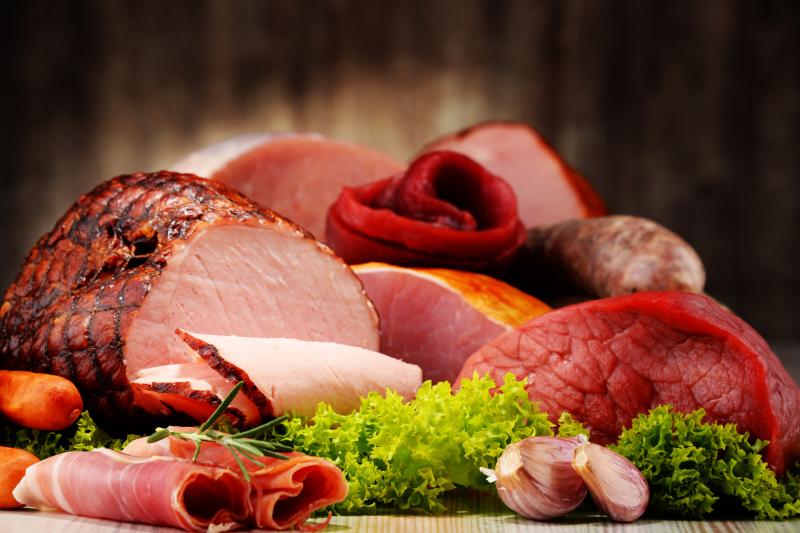
Dietary patterns with high inflammatory potential carry an increased risk of Crohn’s disease (CD) but not ulcerative colitis (UC), according to data from three large prospective studies.
“Shift from a low to high inflammatory potential of diet and a persistently proinflammatory diet were both associated with greater risk of CD when compared to a diet with constantly low inflammatory potential. These findings suggest a dynamic and cumulative effect of inflammatory potential of diet on the pathogenesis of [the disease],” the investigators said.
Previous studies have reported a link between certain dietary patterns and development of CD or UC. However, the studies assessed diet at a single time point thereby precluding effect of changing, and most of the evaluated dietary patterns were derived based on co-clustering of different food groups rather than based on the associations of foods with inflammatory markers. [Inflamm Bowel Dis 2015; 21:2311-2319; Inflamm Bowel Dis 2016;22:345-354; Gut 2020;doi:10.1136/gutjnl-2019-319505; Curr Allergy Asthma Rep 2014;14:404; Gut 2014;63:116-124]
“Here, by identifying a combination of food groups predictive of circulating markers of inflammation, we provide a more robust evidence base behind the association of these foods with inflammation and inflammatory bowel disease (IBD),” they said.
The investigators used data from 166,903 women and 41,931 men from the Nurses' Health Study (NHS), NHS II, and Health Professionals Follow-up Study. They calculated empirical dietary inflammatory pattern (EDIP) scores (higher scores indicating proinflammatory diets) based on the weighted sums of 18 food groups obtained via food frequency questionnaires.
There were 328 CD cases and 428 UC cases that occurred over 4,949,938 person-years of follow up. The median age at IBD diagnosis was 55 years. Participants with higher vs lower EDIP score were more likely to have greater body mass index and engage less in physical activity. A proinflammatory diet was associated with higher intakes of calories and red meat and lower total fibre intake.
On Cox analysis, the highest vs lowest quartile of cumulative average EDIP score conferred a 51-percent increased risk of CD (hazard ratio [HR], 1.51, 95 percent confidence interval [CI], 1.10–2.07; p=0.01). The risk was especially high among participants who shifted from a low to high inflammatory potential of diet (HR, 2.05, 95 percent CI, 1.10–3.79) or had persistently consumed a proinflammatory diet (HR, 1.77, 95 percent CI, 1.10–2.84, respectively) relative to those who had persistently low EDIP scores (at two time points, separated by 8 years). [Gastroenterology 2020;doi:10.1053/j.gastro.2020.05.011]
In contrast, dietary inflammatory potential had a null effect on the risk of developing UC (p=0.62).
“In contrast to food groups with anti-inflammatory properties, food groups that are positively associated with EDIP score are characterized by calorie-dense foods high in animal proteins, saturated fats and glycaemic carbohydrates, such as red meat, refined grain and high-energy soft drinks,” they noted. [J Nutr 2016;146:1560-1570]
With respect to the effect of EDIP on CD, the investigators postulated several mechanisms underlying the association. They pointed out that diet and exposure to luminal content (microbiome or metabolites) may be more relevant and have a stronger effect biologically in CD vs UC. Moreover, the difference in findings between the two IBD types potentially reflects a specificity of effect of dietary ligands and metabolites on the small intestine rather the colon.
Taken together, the present data support the importance of diet in modulating intestinal inflammation and IBD risk, the investigators said. “Strategies to mitigate chronic inflammation through avoidance or reduced intake of proinflammatory foods may be considered for disease prevention.”